If you have chronic pain, you’re not alone. An estimated 25.3 million adults in the U.S. report severe, daily pain, significantly more women than men, while 55 percent of U.S. adults report at least some pain in the past three months. Chronic pain is one of the most frequent reasons for physician visits and among the most common reasons for taking medication.
But there’s a gender gap when it comes to pain. For one, women have more frequent, longer-lasting, and severe pain than men.
-
Product on sale
 Buy Methadone 10 mg online without prescription$90.00 – $1,150.00
Buy Methadone 10 mg online without prescription$90.00 – $1,150.00 -
Product on sale
 Buy Percocet (acetaminophen / oxycodone ) onlne without prescription$90.00 – $1,425.00
Buy Percocet (acetaminophen / oxycodone ) onlne without prescription$90.00 – $1,425.00 -
Product on sale
 Buy Dilaudid 8 mg online without prescription$90.00 – $1,150.00
Buy Dilaudid 8 mg online without prescription$90.00 – $1,150.00
Why Women Are More Susceptible to Pain
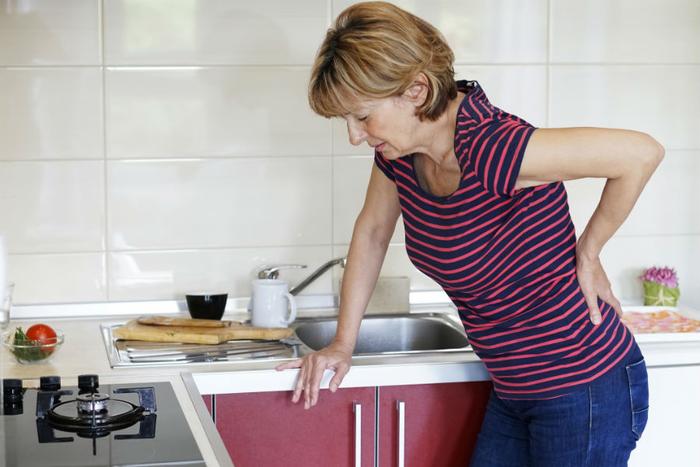
Women are more likely to develop painful diseases, such as fibromyalgia, endometriosis, interstitial cystitis, vulvodynia, and temporomandibular disorders (TMJ). They also report greater pain severity than men from certain conditions, like cancer. And women simply pay attention to pain from physical conditions more than men. They recognize when something is wrong. Men, on the other hand, have a tendency to ignore pain when they should pay attention to it.
People also read: Why Most Women Take adderall
Women also differ in their response to pain medications. They tend to need higher amounts of pain medications immediately after surgery, while men tend to use more pain relievers later in the recovery period. Conversely, some medications (the partial kappa-opioid agonists, such as nalbuphine and pentazocine) can provide greater pain relief in women than men, although opioids like morphine and codeine can lead to more nausea and vomiting in women than men.
The question that has plagued researchers for decades is: “Why?”
Part of it could be anatomy. Women have more nerve receptors than men, so they may be wired to feel more pain. Even something as seemingly minor as the thickness of your skin or the size of your body can affect pain perception. Another may be that women are more likely to see a doctor than men, so maybe they’re getting diagnosed more often.
Genetics also plays a role, affecting how long the neurons that transmit pain signals to the brain survive and the strength of pain response, as well as pain tolerance, perception, and response to pain relievers.
But we also know that reproductive hormones—estrogen and progesterone in women, testosterone in men—are involved in these pain-related gender differences.
-
Product on sale
 Buy vicodin 5 / 300 mg for sale online without prescription$90.00 – $1,150.00
Buy vicodin 5 / 300 mg for sale online without prescription$90.00 – $1,150.00 -
Product on sale
 Buy Norco (Hydrocodone/acetaminophen) 10 / 325 mg for sale online without prescriptionOriginal price was: $5.00.$3.20Current price is: $3.20.
Buy Norco (Hydrocodone/acetaminophen) 10 / 325 mg for sale online without prescriptionOriginal price was: $5.00.$3.20Current price is: $3.20. -
Product on sale
 Buy lortab 10/325 mg for sale online without prescriptionOriginal price was: $5.60.$3.50Current price is: $3.50.
Buy lortab 10/325 mg for sale online without prescriptionOriginal price was: $5.60.$3.50Current price is: $3.50.
Hormones Play a Huge Role
In women, the continual variation of hormonal levels through puberty, menstruation, pregnancy, and pre- and post-menopause contribute to these sex differences. For instance, prior to puberty, there are no significant differences in the development of painful conditions between boys and girls. Afterwards, the differences are dramatic, with women two to six times more likely to develop chronic pain conditions such as headaches, irritable bowel syndrome, and fibromyalgia. There are also differences in pain levels and frequency after menopause. Buy Methadone online now for pain
Pain intensity tends to increase when estrogen levels are low and progesterone levels are high, as they are during the second half of the menstrual cycle, possibly because there are more naturally occurring “feel-good” chemicals in the brain when estrogen levels are high. You can imagine the evolutionary benefit to this: Estrogen levels are highest during pregnancy and childbirth, providing some natural pain relief. Indeed, during pregnancy, when levels remain high and steady, studies find that many pain conditions improve, and pain sensitivity is lower.
Meanwhile, one interesting study found that women with TMJ reported less pain as the pregnancy progressed (and estrogen levels rose) and more pain after surgical menopause (when estrogen levels plummet). There’s even a name for it: pregnancy-induced analgesia.
In addition, reproductive hormones can also influence how well opioids and other pain relievers work.
Impact of Life Experiences and Emotional Status
A woman’s past experiences, particularly those involving trauma and abuse, as well as her current emotional state and life stresses, have an enormous impact on her level of pain and even the development of painful conditions. Indeed, I often think of chronic pain as a sign that these experiences are embedded in your body, and pain is the means by which your body responds to those traumas, even if they happened a long time in the past.article continues after advertisement
No matter what your past is, your pain is real. It’s just that your history may increase your body’s response to pain and make you more susceptible.
See also: Best place to buy Xanax without prescription
One study of 380 women found that those who reported they had been victims of bullying or abuse were more likely to experience painful genital/urinary conditions. What happens is that their body remains on high alert. In most people, the normal response to pain is that the body adjusts and the pain diminishes. But in people with a history of trauma, the body exists in constant “alert” mode, leading to a hyperawareness of external and internal stressors.
-
Product on sale
 Buy Hi-Tech Promethazine with Codeine Cough syrup online$150.00 – $250.00
Buy Hi-Tech Promethazine with Codeine Cough syrup online$150.00 – $250.00 -
Product on sale
 Buy diazepam (Valium) 10 mg for sale online without prescriptionOriginal price was: $3.15.$1.90Current price is: $1.90.
Buy diazepam (Valium) 10 mg for sale online without prescriptionOriginal price was: $3.15.$1.90Current price is: $1.90. -
Product on sale
 Buy Oxycodone (OxyContin ) online without prescription$3.50 – $4.25
Buy Oxycodone (OxyContin ) online without prescription$3.50 – $4.25
Even socioeconomic status and work environment can impact the perception of pain.
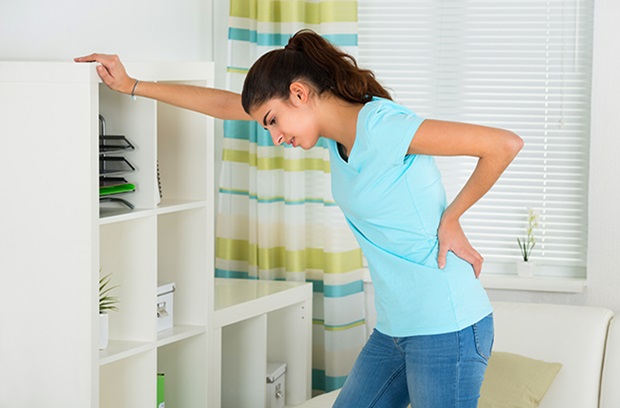
This is why it is so important that you work with your health-care team to identify issues beyond the physical—including the emotional, social, mental, and spiritual—to help you.
Although this piece speaks to specific issues facing women living with pain, “A Guide to Optimizing Treatment through Integrative Health for People Living with Pain” addresses whole person pain care in both women and men.

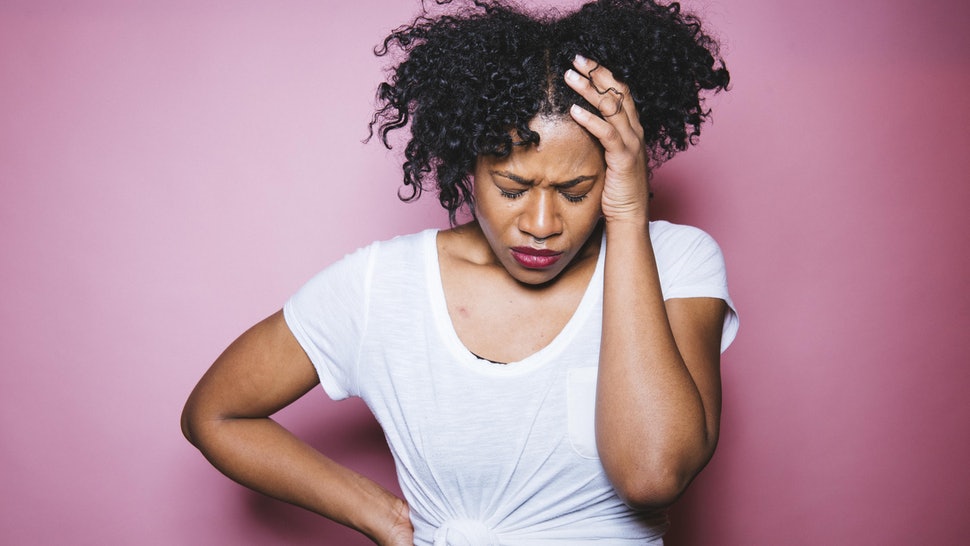
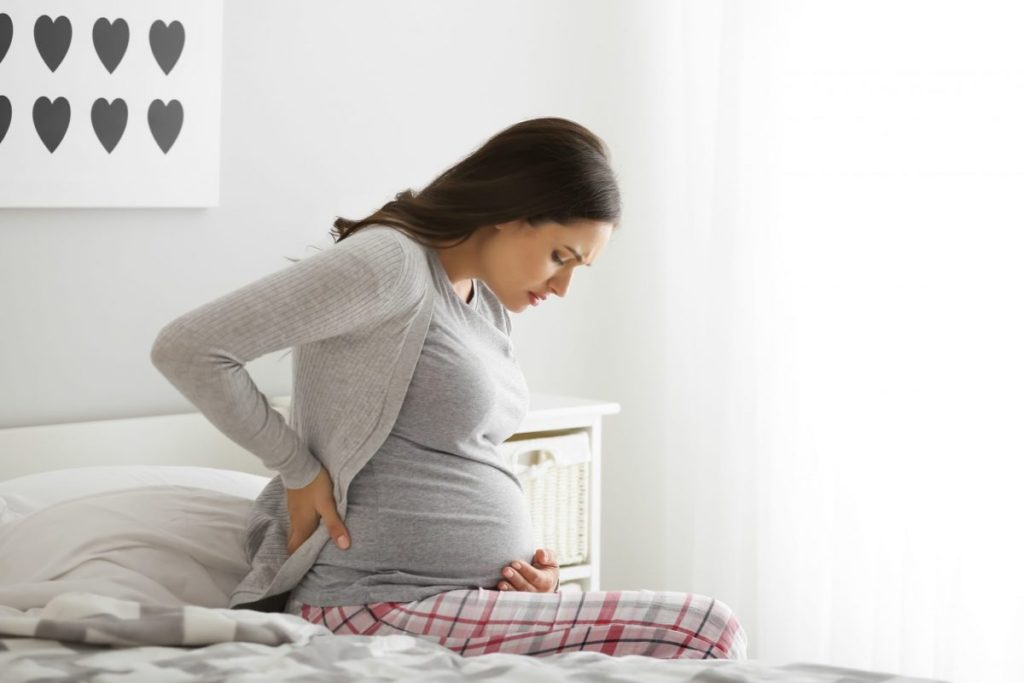

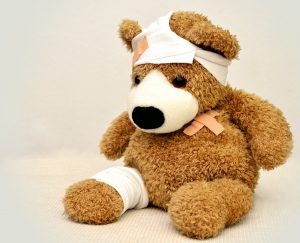

Amazing post. It’s interesting to read what others thought and how
it relates to them or their customers, as their perspective could
possibly help you in the future.
King regards,
Demir Valenzuela
Nice weblog here! Also your website a lot up fast!
What host are you the usage of? Can I am getting your affiliate hyperlink on your host?
I desire my site loaded up as fast as yours lol